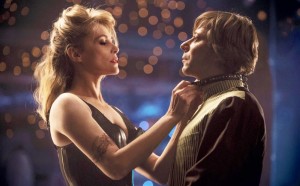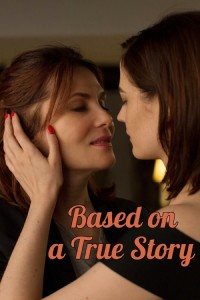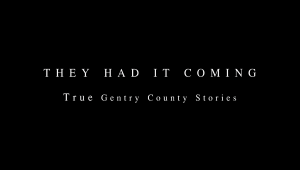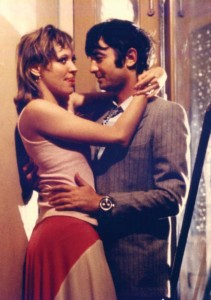My Winter 2019 column for Cinema Scope. — J.R.



Some of Roman Polanski’s early features — Repulsion (1965), Rosemary’s Baby (1968), Tess (1979) — are centred on vulnerable women, but as Bitter Moon (1992) makes abundantly clear, these are all films predicated on the male gaze, as are the more recent and more impersonal films of his that come closest to qualifying as Oscar bait (The Pianist [2002], arguably The Ghost Writer [2010], and, I would presume, An Officer and a Spy). Bitter Moon even problematizes this fact by assigning that gaze to two mainly unsympathetic males (Peter Coyote and Hugh Grant), and defining it mostly as poisonous, and Venus in Fur (2013) carries this tendency further by explicitly labelling it sexist, meanwhile making the male figure (Mathieu Almaric) almost a dead ringer for Polanski as a young man. Based on a True Story (2017), by focusing almost exclusively on two women (Emmanuelle Seigner and Eva Green), seeks to minimize the male gaze even more, not so much by problematizing it as by making it closer to irrelevant. Polanski himself comments on this fact in the interview included on the Spanish DVD of this film (apparently the only way it can be seen with English subtitles translating its French dialogue, which is how I finally managed to catch up with it). Read more

Now that I’ve seen three of the most recent half-dozen features of Jon Jost — Coming to Terms (2013, Butte, Montana), Blue Strait (2014, Port Angeles, Washington), and They Had it Coming: True Gentry County Stories (2015, Stanberry, Missouri), in that order — I find myself, unlike certain others (including Jost himself), preferring the third to the second and the second to the first. The reason why is that the basic theme of Jost’s narrative films for quite some time has been the tragic story of American men, some of them patriarchal, others simply burnt-out cases, losing their all-American souls — a theme that to my mind he already gave near-perfect expression to in his 1977 Last Chants for a Slow Dance (dead end) and which he has been spinning out periodically in diverse variations ever since. But to judge from the developments between these three recent features, this may be a story that Jost may finally be turning away from — for the sake of non-narrative meditations (especially in much of Blue Strait) and the stories of others (as in They Had it Coming), others whom in some cases may not even have discernible souls to lose. And for me, these are positive developments for a prodigious independent artist whose productivity is so difficult to chart that his eight separate blogs and two separate web sites make it even harder to track in its various forms and dispersals. Read more

I’m very glad that Anna Karina’s neglected first feature, Vivre ensemble (1973), wasn’t overlooked in “The Female Gaze” (S&S, October), but I should also point out that the film isn’t quite as inaccessible as James Blackford, who couldn’t find a way of seeing it, assumes. Having been at the film’s premiere at Cannes and then having reseen it shortly afterwards in Paris, I still remembered it almost 40 years later when I selected and presented it on January 21, 2012, at Toronto’s Lightbox, as part of a series celebrating the Cannes’ La Semaine de la Critique. Seeing it again on that occasion, I found it fascinating — very brave, very personal, and also very, very 1973, in quite illuminating ways. The occasional autobiographical echoes reflecting Karina’s earlier relation to Godard only added to the fascination, and Karina herself suggested to me in a brief phone conversation that the film was badly received by the French film industry in part because the decision of a local actress to write and direct her own feature was virtually unprecedented at the time. I should add that she has written and directed a second feature, Victoria (2008), made in French Canada, that is even more obscure and inaccessible than Living Together has been; I haven’t been able to see it myself, and information about it on the Internet is extremely scarce, but I’m still hoping this situation will change. Read more





